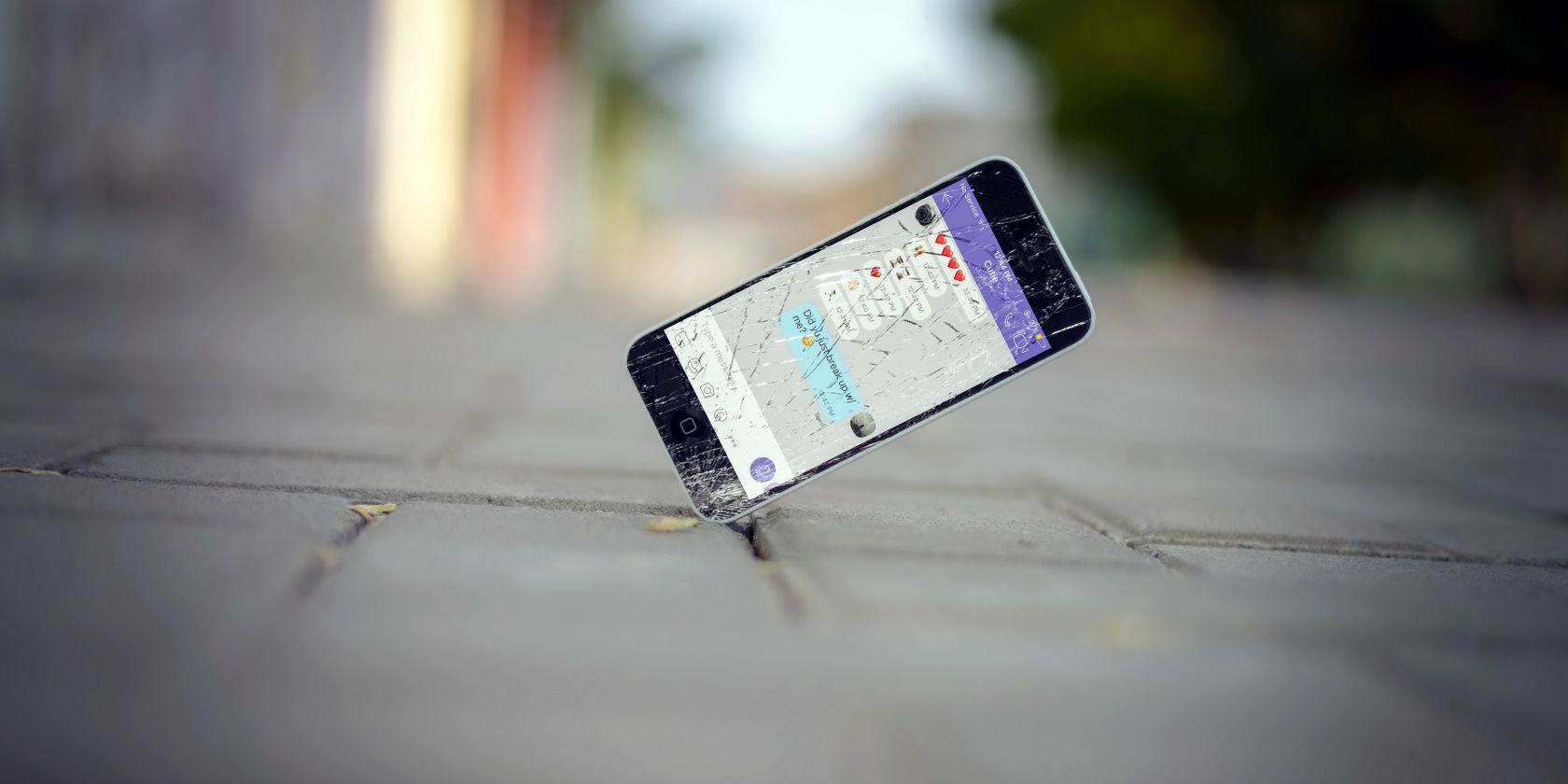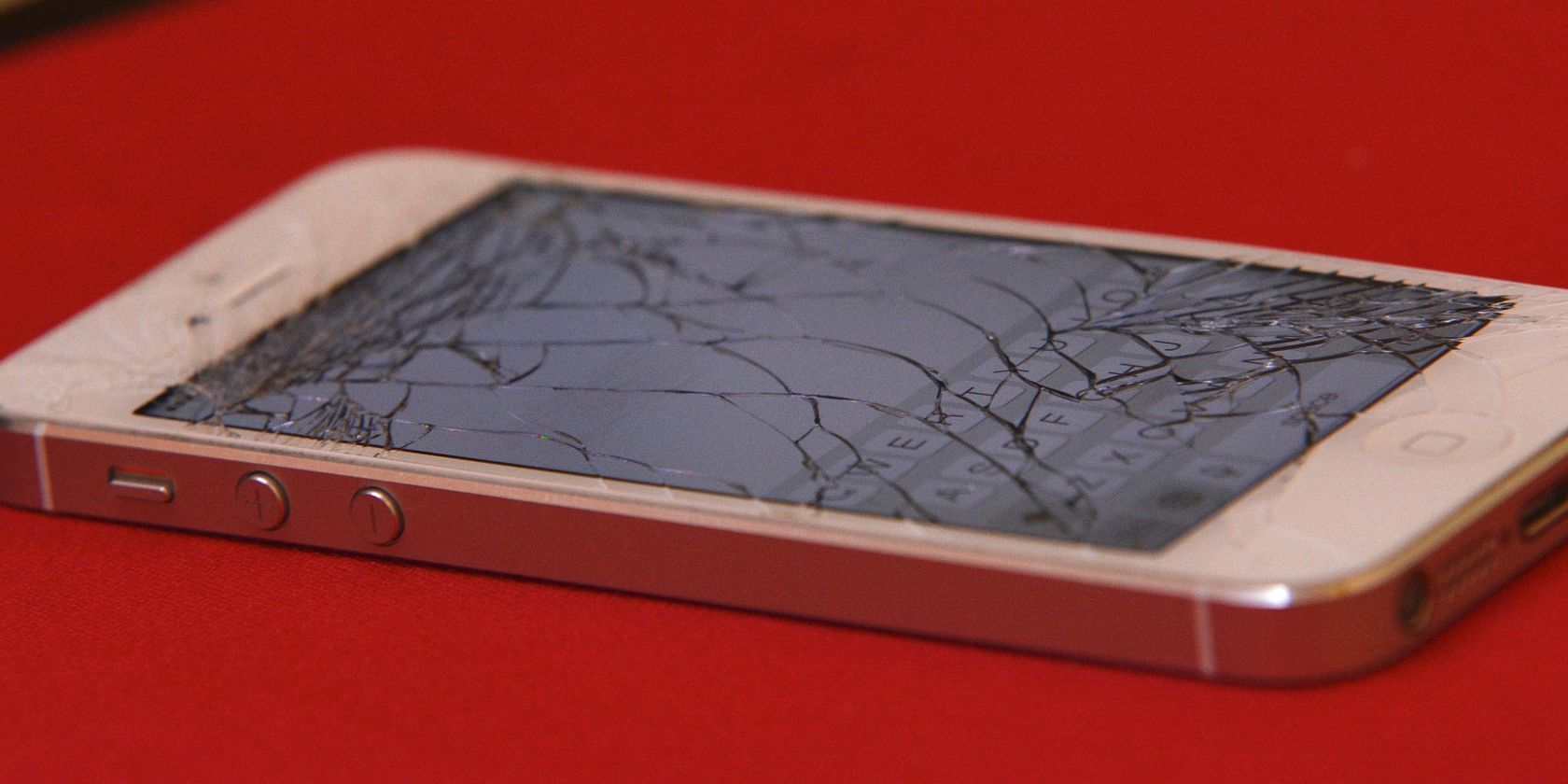It is not unusual to see black or purplish blobs that look like ink on the screen of your broken device (phone, tablet, or laptop). But what does this mean? Is there really ink in your phone screen, or is this something else entirely?
Is There Ink in Your Screen?
You see an ink stain or blob on your screen because its pixels are dead or damaged. When pressure is applied to the damaged screen, more pixels are affected, spreading the "ink" across the screen.
So, in short, there is no ink in your screen, though it may look like it. Instead, beneath the glass of your broken device lies a screen. Devices use many different types of screens, but the most popular are LCD and OLED.
LCD Screens
LCD stands for liquid crystal display. A liquid crystal is a state of matter between a solid and a liquid. This means that it shares the properties of both liquids and solids.
The liquid crystal display comprises two glass or plastic panels embedded with liquid crystals. The LCD is called a passive device because the liquid crystals do not produce the images you see on the screen. Instead of emitting light themselves, the liquid crystals are illuminated by a backlight. The liquid crystals alter the light rays that move through them to produce different images and colors on screen.
OLED Screens
OLED stands for Organic Light-Emitting Diodes. A light-emitting diode is a semiconductor device that functions as a light source and produces light when electric current flows into it. In OLEDs, the diode contains a thin film of an organic compound that produces light when a current passes through it.
The OLED display comprises a flat glass or plastic panel that contains thin films of organic material between two conductors. Unlike LCDs, the OLED display is called an emissive display. This is because it does not need a backlight and produces light for itself.
So, where do pixels come into this?
Pixels
One thing these displays have in common is that they all form pixels.
A pixel is the smallest square unit that makes up the image of a display or screen. The greater the number of pixels a screen has, the higher its resolution. For instance, 720p screens have a pixel density of 1,280 x 720, while 1080p screens have a pixel density of 1,920 x 1,080, meaning the latter resolution is higher than the former.
If a phone has a resolution of 1920x1080 pixels, it means it has 2,073,600 individual pixels on the screen. When one pixel gets damaged, it turns black or dark because it cannot emit or alter light.
So, where does the ink effect come from?
What Causes Ink on a Phone Screen?
One thing to note is that the ink-spreading phenomena only occurs in LCD screens because the tubes holding the liquid crystals break when the screen gets damaged, causing the liquid crystals to seep into the screen. In OLED screens, each pixel produces its own light and is independent of other pixels. Hence, when your screen gets damaged, the pixels die but do not spread like an ink stain.
So, what can you do to stop the ink from spreading?
What to Do When You See Ink on Your Screen
While a phone with black spots or 'ink' in it could be managed for a while, it will only keep spreading and damaging more pixels. The best thing to do when you notice this type of damage is to change the LCD screen. This can be done yourself in the comfort of your home. Here is a detailed step-by-step guide on replacing your broken display screen.
You could also contact your phone's service center or any phone maintenance stores around you to have your screen checked and fixed.
Ink in Your Broken Screen Can Be Deceiving
While ink in your broken phone screen may make you think your device is leaking, this is not always true. The ink-spreading effect only takes place in devices with LCD screens, so if you are using a device with an OLED screen, the dead pixels will not spread. But in any case, it's best to get this issue fixed on your phone whenever possible to prevent any further problems.



